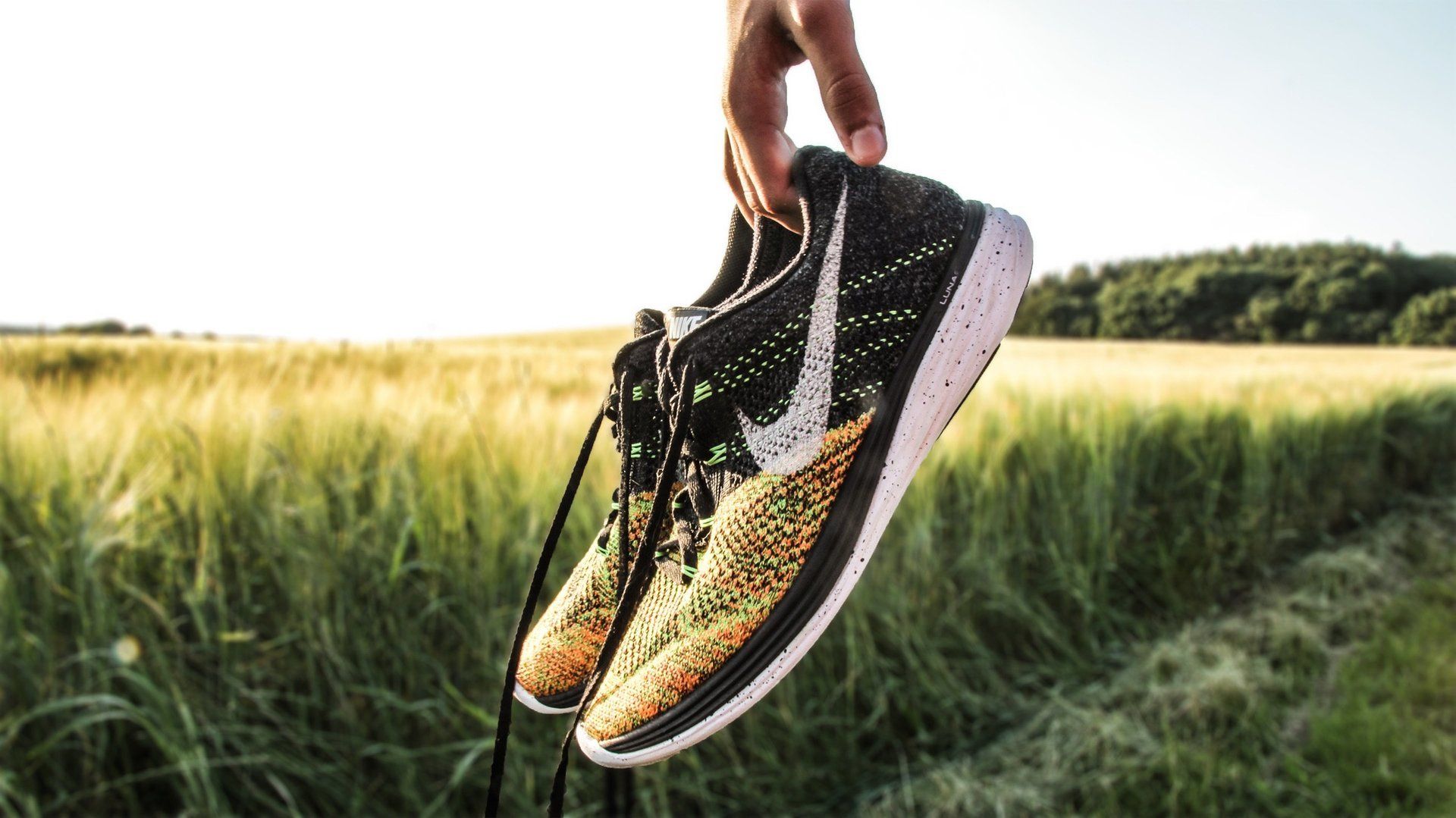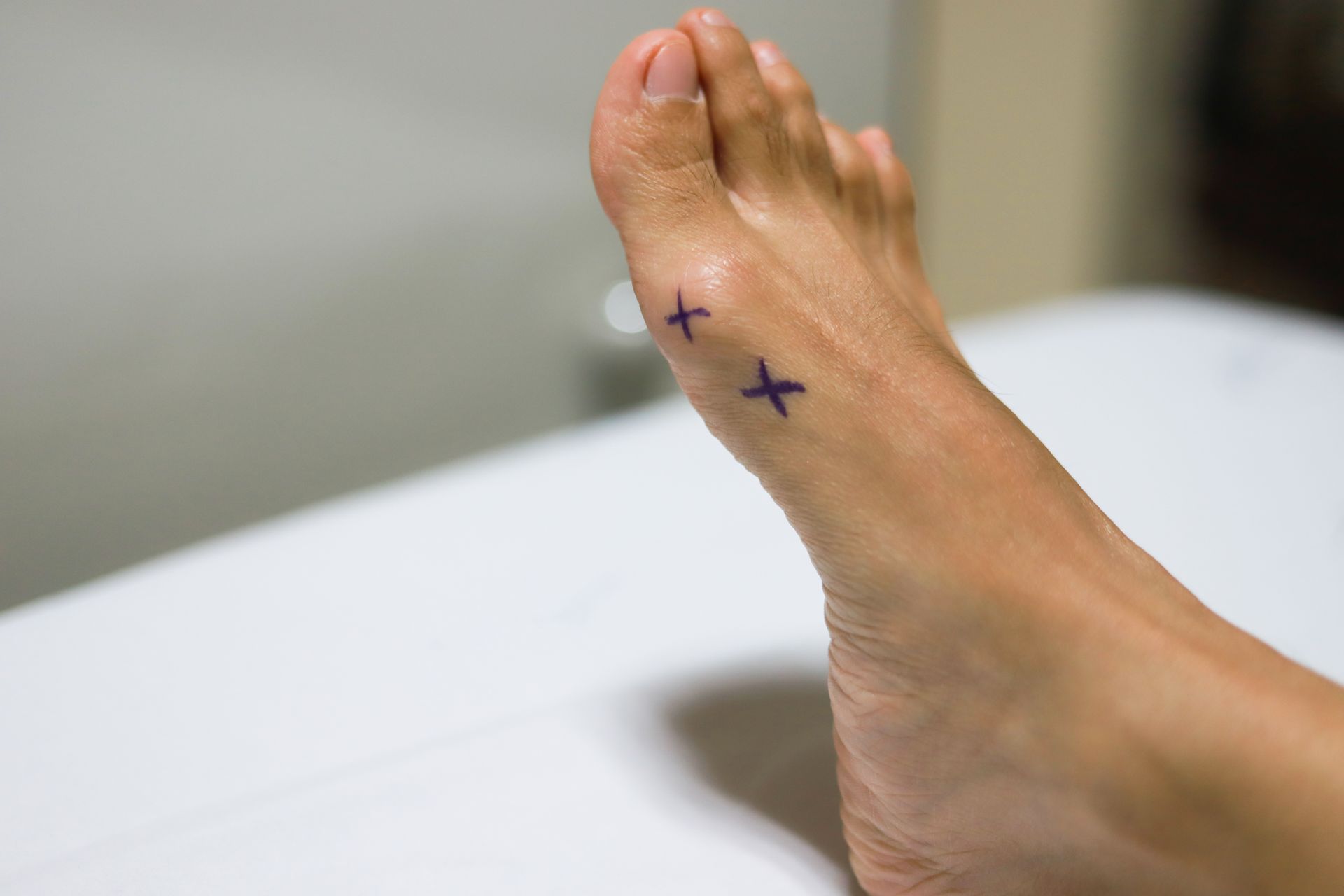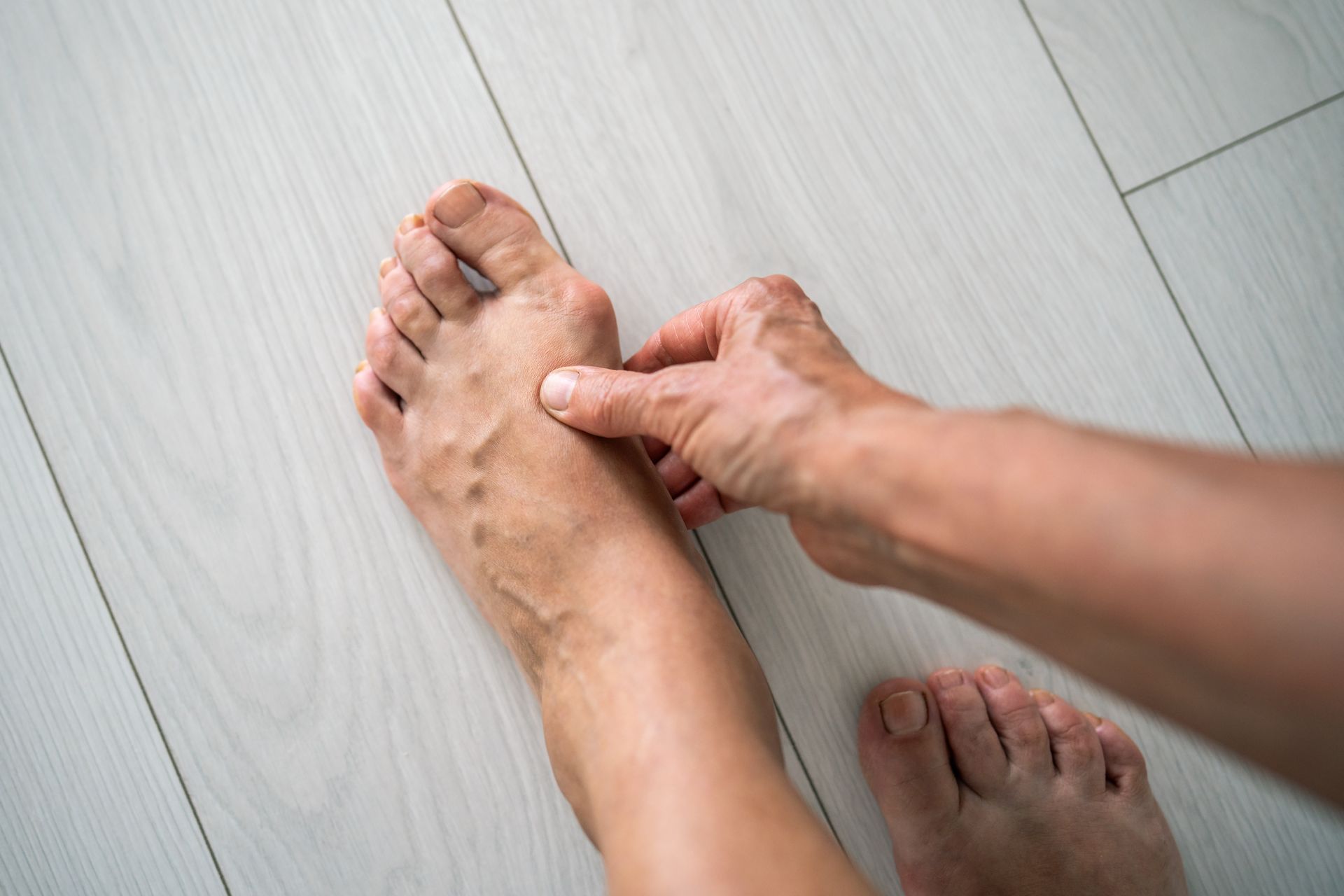What all Baton Rouge Runners Should Know about Shoe Selection
More Louisianans are running now than ever before. This year’s Louisiana Marathon saw a doubling in participation, and as winter rolls into spring, thousands of Louisianans will hit the pavement hoping to fulfill new resolutions. One of the immediate enticements of running is its simplicity: shoes, shorts, shirt and you’re out the door.
By most estimates, 70% of regular runners will be injured in a given year . A number of these injuries can be avoided by appropriate shoe selection, but that isn’t always as easy as it sounds. There are an overwhelming number of athletic shoe options available, and each serves a different purpose from the sport it was designed for to the foot issues it is meant to address.
How to Determine Your Foot Type
The first step in deciding which shoe will work best for you is determining your foot type. There are four categories into which you may fall:
- Supinator – High arch
- Pronator – Flat foot
- Over-Pronator - Low arched feet that place
increased pressure medially with ankles rolling inwards
- Neutral - Generally stable foot type that rests
in-between supinators and pronators
For help deciding which of these categories best describes your feet, there are three steps that may be taken:
- Consult a podiatrist trained in gait analysis.
- Visit a local specialty running store. These
stores have become increasingly helpful in this area, as many of their
employees are experienced runners who are knowledgeable about foot type and
shoe matching.
- Try what is commonly referred to as the “wet test.” To take this test, wet the bottom of each foot and stand normally on a paper bag. Step off and observe the imprint left by your foot.
Selecting a Running Shoe Based on Foot Type
Pronators ( low arch/ flat foot )make up the majority of injured runners. They often suffer from stress fractures, tendinitis, plantar fasciitis and other ailments caused by a lack of support from a shoe. These runners should look for a shoe categorized as “Stability” or “Motion Control.” The increased stiffness in the arch and restricted torque in the sole better protects the foot from increased stresses.
Runners who are supinators (high arch) generally benefit from a cushioned shoe with a softer midsole and more flexibility. These features aid in shock absorption. And, runners with a neutral foot type do well in a “Stability” or “Neutral Cushioned” shoe.
Running Shoe Selection Tips
While knowing your foot type and the type of shoe that best suits it is the most important aspect of running shoe selection, there are some other tips that runners would be well-advised to follow.
First, watch out for the trend of lighter running shoes. Lighter doesn’t mean better. The weight of a running shoe is a complete non-issue for most runners running less than 15 miles a week (the majority). A lighter shoe that purports equal support is shaving weight with less material somewhere—often the ball of the foot and the heel. This is where a lot of the stress fractures and shin splints come from.
Finally, go with something tried and true. Look for a shoe type that has been manufactured for several generations; example, Saucony Guide 7 or Mizuno Wave Inspire 12, instead of this year’s “Best New Shoe.” These shoes continue to be produced year after year because of the loyal following they have developed by being well-made and providing good results.
Whether you are a seasoned runner or just getting started, there is no more important piece of running equipment than a well-selected shoe. Not only will your runs be more comfortable, but you will avoid injuries to the feet, ankles, shins, and more. And, if you have already experienced injury, or simply want to take the best care of your feet possible, it is best to see a Baton Rouge foot doctor for runners . If and when you are at this point, please visit our appointment page .



